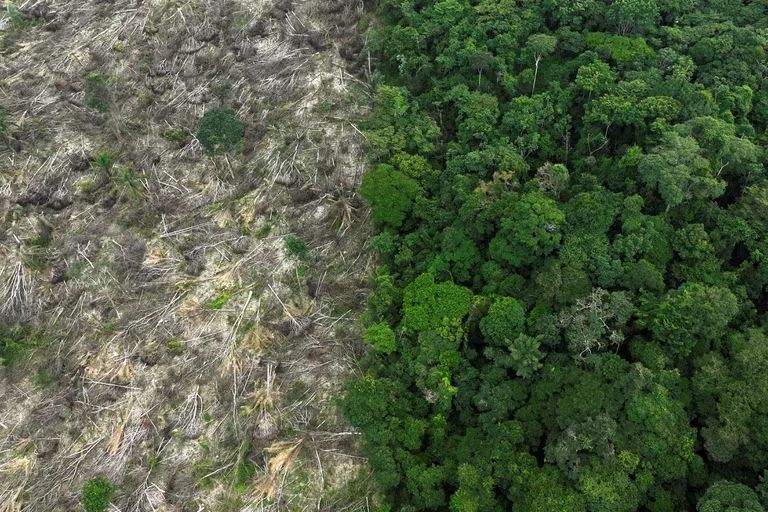A Supreme Federal Court judge in Brazil ordered the Government to confiscate private properties in deforested areas. This is for cases where it is determined that the owners are responsible for illegal logging or wildfires.
It is a historic ruling issued on Monday that also orders the federal and state governments to take measures to block regularization. This is a process by which illegally acquired land becomes legal.
## The historic ruling on deforested lands in Brazil
According to AP, the expectation of obtaining regularization was one of the main drivers of deforestation in the Amazon.
Land grabbers clear the land hoping to eventually be granted ownership titles thanks to lax land laws or government amnesties.

Furthermore, authorities must try to obtain “monetary compensation” from landowners responsible for carrying out illegal and intentional destruction, according to the ruling of Judge Flávio Dino.
The case stems from a petition filed by the party Rede Sustentabilidade (Sustainability Network), with the support of various environmental organizations.
## What the claims were asking for
It demands stricter federal and state policies to protect the Amazon rainforest and the Pantanal wetlands.
Both regions have suffered devastating wildfires, mostly caused by humans, since 2020. The Minister of the Environment, Marina Silva, is the founder and main leader of this party.
“The ruling supports the Brazilian government’s efforts to combat illegal deforestation and intentional fires,” said Paulo Busse, a lawyer for the Climate Observatory, a network that brings together environmental groups, civil society, and academics. This organization is one of the groups supporting the petition.
## The Amazon lost 88 million hectares of forests since 1985

In the last 39 years (1985-2023), the Amazon lost more than 88 million hectares of forests, an area almost as large as the extension of Venezuela, according to data from an analysis by Mapbiomas Amazonia, an initiative of the Amazon Socio-Environmental Information Network (RAISG).
According to this study, carried out through the comparison of satellite images, in almost four decades, the Amazon rainforest lost 12.5% of the coverage it had in 1985.
This analysis found that between 1985 and 2023, in areas where the forest decreased, land use for legal and illegal mining expanded by 1,063%, agriculture by 598%, and livestock by 298%.

